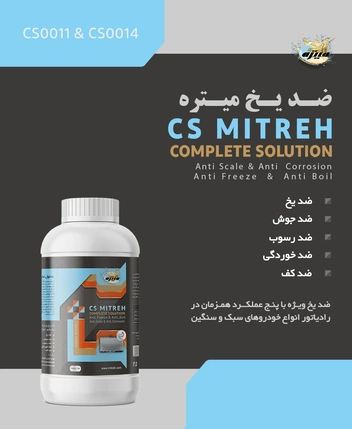Abrizan articles
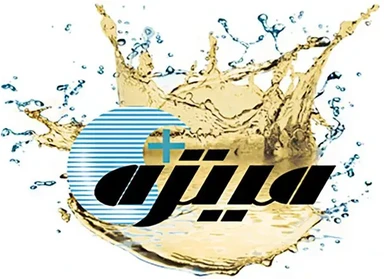
Fatigue corrosion
Fatigue refers to the destruction of metal as a result of applying cyclic (alternating) stresses in a range less than the designed yield stress. Failure of metal due to cyclic (alternating) stresses in the vicinity of a corrosive environment is called fatigue corrosion.
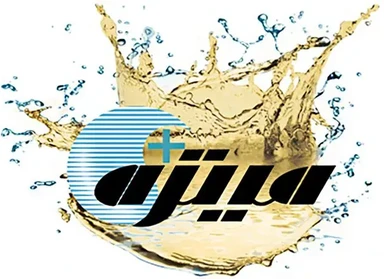
Membrane processes
Membrane processes refer to physical methods for separating a solvent from its dissolved salts using semipermeable membranes. These processes have made great progress in recent years. The history of using membranes for filtration dates back to the early 20th century.
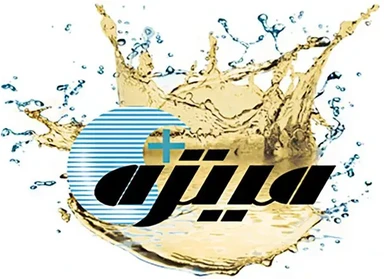
Orthophosphate - phosphate
Orthophosphates, pyrophosphates, metaphosphates, and other polyphosphates and organophosphates are phosphorus in natural waters and wastewaters that occur as phosphates. They are found in solution, in particulate or powder form, or in the form of aquatic organisms.
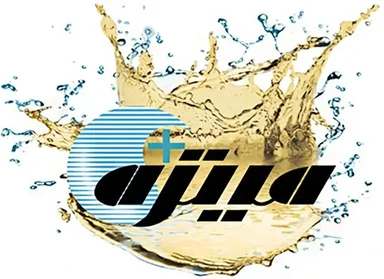
Preventing corrosion of ships and offshore installations
Without a doubt, one of the main costs of the country's maritime industries, a large part of which remains hidden in the annual damage estimates, is corrosion damage and costs. Preventing corrosion and its obvious and hidden costs by using scientific and specialized methods will lead to great growth and development in the country's industries.
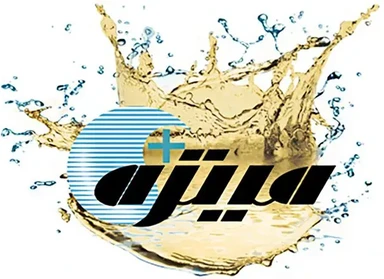
Stress corrosion
If a part is simultaneously exposed to a corrosive environment and tensile stresses, its corrosion (in terms of speed and extent) is intensified compared to normal conditions (in the absence of stress), which is called stress corrosion. In fact, stress corrosion is the deterioration of a metal or alloy that is in a corrosive environment and is under relatively small but continuous tensile stresses.

Erosive corrosion
The damage to a metal surface caused by the relative movement of two metal surfaces over each other under high load is called erosive corrosion. Erosive corrosion is exacerbated by mechanical stress and repeated surface movements (vibration). The necessary conditions for erosive corrosion to occur are that first two solids with a low amplitude of oscillation must have a reciprocating or vibrating motion over each other, and then the two bodies must be under load (mechanical stress).
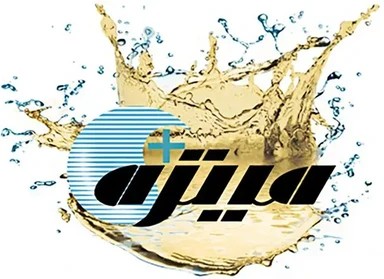
Selective detachment corrosion
In selective delamination corrosion, one of the alloying elements is selectively corroded, leaving a porous body. This process occurs in certain alloys only under certain conditions and usually occurs very slowly (over years).
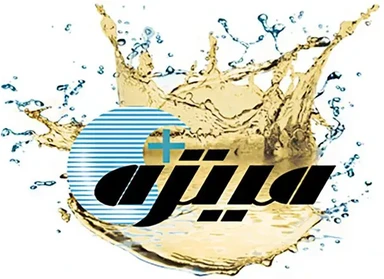
abrasion corrosion
Frictional corrosion is another type of localized corrosion. Frictional corrosion is the loss of metal due to relative motion between a corrosive fluid and the metal surface. The fluid motion is usually very rapid and causes mechanical wear of the metal surface.

Filamentous corrosion
This type of corrosion, despite its apparent dissimilarity to pitting corrosion, is considered a type of pitting corrosion. Pitting corrosion occurs on metal surfaces that are covered by organic materials, glazes, varnishes, and protective layers. For this reason, it is sometimes called undercoating corrosion. This type of corrosion is common and is observed under various coatings and on metal surfaces such as steel, zinc, aluminum, magnesium, and chrome-plated nickel.
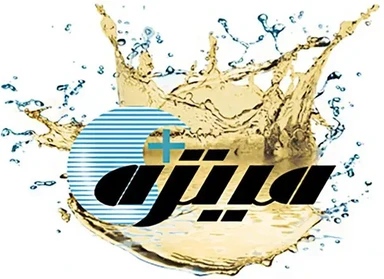
Intergranular corrosion
Grain boundary corrosion is a type of localized corrosion. The grain boundary has a higher energy level than the grain itself and is therefore more chemically active and more susceptible to corrosion. In this case, the material at the grain boundary acts as the anode (with a smaller surface area) and the grains themselves (with a larger surface area) act as the cathode.
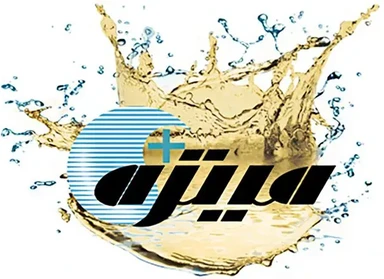
groove corrosion
Pitting corrosion occurs in grooves, narrow gaps under bolts, under deposits, and in areas of the system where the solution (electrolyte) is stagnant or dead. Due to the corrosive liquid being trapped between the grooves, the corrosion reaction in the groove is accelerated and severe localized corrosion will occur.
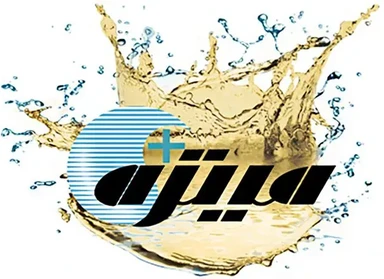
Pitting corrosion
Pitting corrosion is a type of localized corrosion that causes holes in the metal, resulting in pitting and deterioration. This type of corrosion is much more dangerous than uniform corrosion because pitting is difficult to detect and predict, and the holes are sometimes isolated and sometimes so close together that they create a rough surface on the metal.
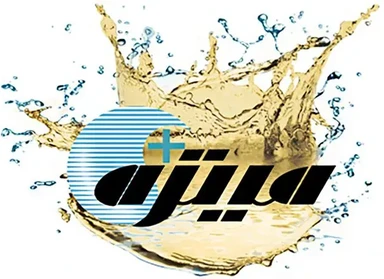
Galvanic or bimetallic corrosion
Galvanic corrosion occurs when two dissimilar metals (with different electrochemical potentials) are placed next to each other in an electrolyte so that there is electrical contact between them.
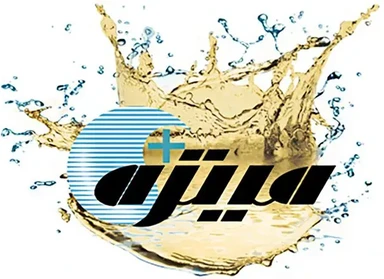
Uniform corrosion
Uniform corrosion is the most common type of corrosion, which occurs over the entire surface of the metal due to contact with the corrosive environment, resulting in a uniform reduction in metal thickness. This type of corrosion is schematically shown in the figure below. In this type of corrosion, the reduction in metal dimensions due to corrosion is completely uniform, so the corrosion rate is expressed in terms of the reduction in dimensions per unit time.
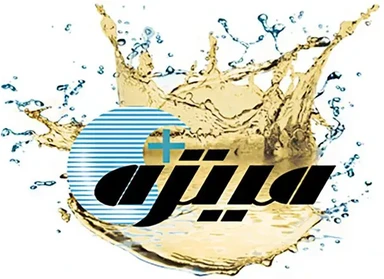
The origin and importance of magnesium
Magnesium is an essential element in chlorophyll and in red blood cells. Some magnesium salts are toxic if ingested or inhaled. Concentrations above 125 mg/L can also have a laxative and diuretic effect.
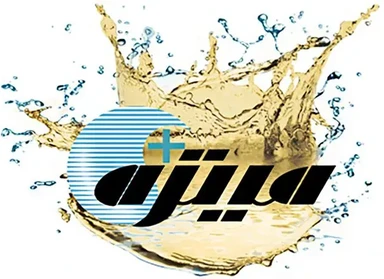
The origin and importance of iron
The solubility of iron ions is controlled by the concentration of carbonate. Since groundwaters are often oxygen-deficient, soluble iron in groundwaters is usually in the form of iron salts. Upon exposure to air or the addition of oxidants, iron is oxidized to the ferrous state and can be hydrolyzed to produce the insoluble red hydrated iron oxide.

